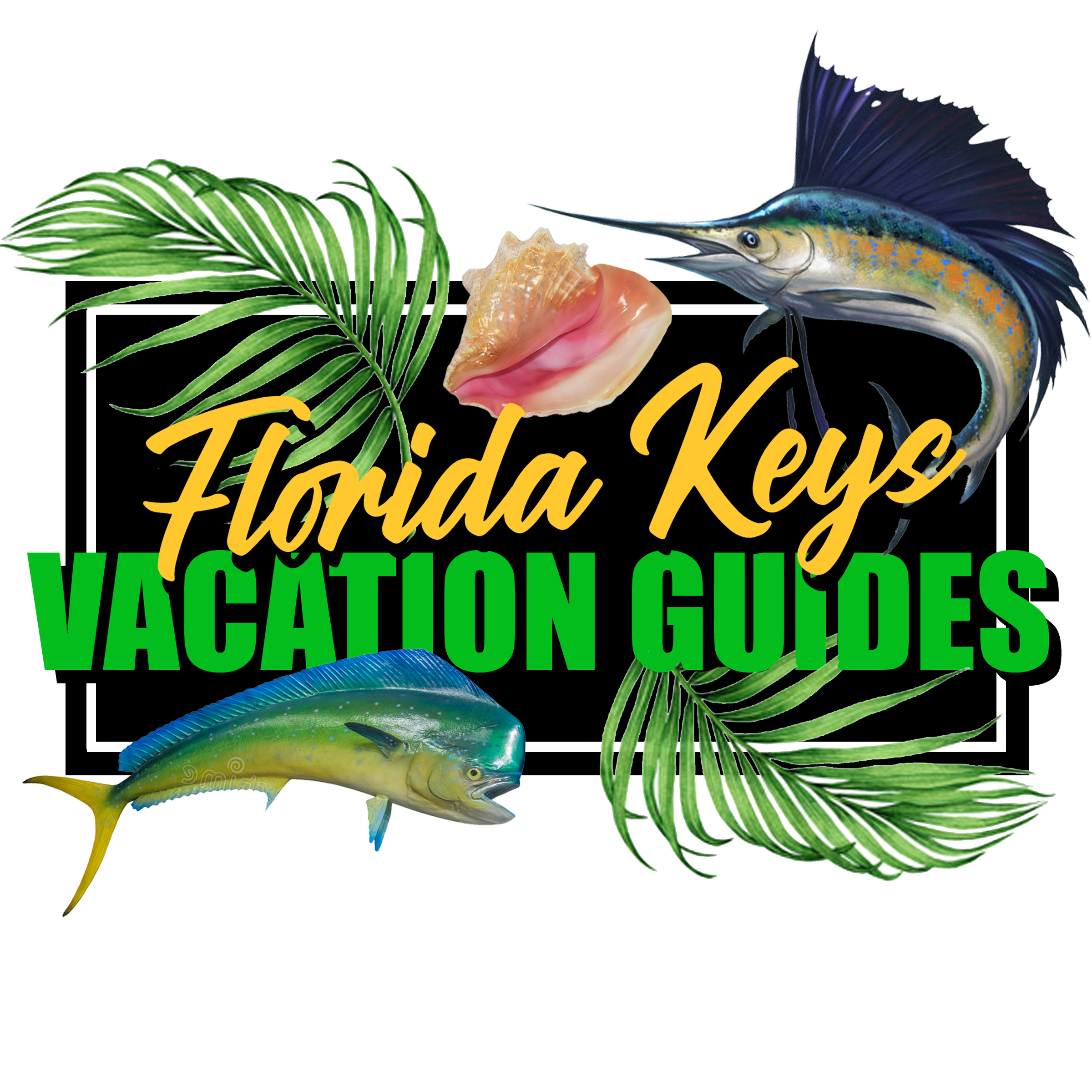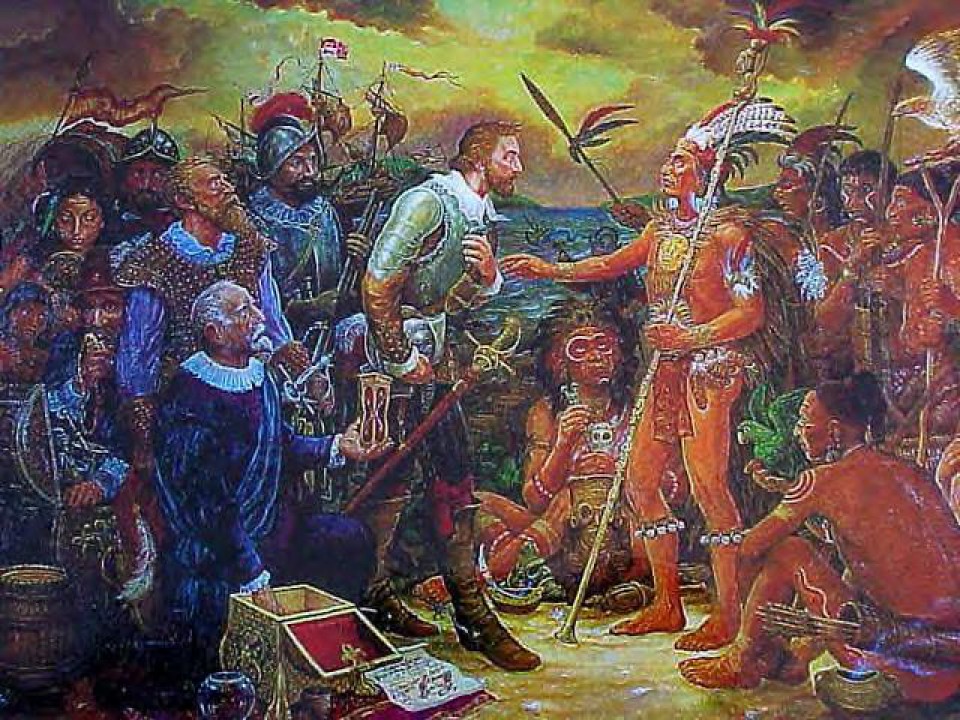Have you ever wondered about about who first inhabited the Florida keys?
The keys were first inhabited by a tribe called the Calusa. Compared to other indigenous people of North America, relatively little is known about the Calusa. They are often called “the lost tribe”, because they mysteriously disappeared sometime in the 1700’s. We know about the existence of the tribe from written accounts by Spanish explorers that first encountered the tribe in 1513.
Spanish explorers estimated that the tribe was large, perhaps as many as 50,000 Calusa’s inhabited the islands, known as the Marquesas at the time according to ancient maps.
The tribe lived and built their homes on the larger more established islands that had an accumulation of sand (sandy beaches) on their western side. To anyone familiar with the keys, this makes a lot of sense – their homes would be protected from the wind on the lee side of the islands and mosquitoes would be less prevalent on the beaches.
They built their homes on stilts, and wove Palmetto leaves together to fashion roofs, but there is no evidence that these homes contained walls. Archaeologists believe they lived in open-air structures similar to the Tiki huts that the Seminole indians still live in present day.
The origins of the Calusa are unknown, but some scientists believe that they may have migrated to the keys from Polynesia. They did not cultivate and farm the land, they fished for food, built canoes and lived in structures similar to those found in other parts of the world. They made nets out of palm tree webbing that they used to collect mullet, pinfish, pigfish, catfish and snapper. They also made spears with fish-bone arrows that they used to catch turtles. It is believed that the men spear-fished in deeper waters from canoes while the women swam and collected clams, crabs, lobsters and conch closer to shore.
They built fires to cook their catch and may have burned native citronella plants to ward off mosquitoes.
Unlike other North American tribes, the Calusa did not make pottery, but they did collect shells which they used to create tools, utensils, weapons and jewelry. They collected these shells in such great numbers that large shell mounds have been excavated by modern-day archaeologists.
They made their canoes using the dug-out method. They burned large cypress logs – then hollowed out them out. The Calusa were great sailors. They sailed North up the coast of Florida and South all the way to Cuba. Primarily they did this to salvage shipwrecks, which enabled them to gain considerable wealth. They often attacked Spanish ships that had run aground and engaged the handicapped crews in savage battles.
One of the most interesting things about the Calusa was their height. They were tall, extraordinary tall. Archaeologists have determined that the average tribesman was between six and seven foot tall. Their height baffles scientists to this day. My thought (and maybe I think too much) is that from an evolutionary standpoint, being tall may have been advantageous if you fished to survive. I’m thinking tuna towers and flats boat platforms.
We may never truly know what caused the demise of the Calusa, but theories abound: they may have over fished the waters, succumbed to smallpox introduced to them by Spanish explorers or were captured and sold as slaves. It is believed that the few remaining Calusa fled the keys sometime in the early 1700’s, and that descendants of them live in Cuba today.
This story was researched and written by Tamara Hooks
Tamara is the Editor and creator of FloridaKeysVacationGuides.com. She lived in the keys for 14 years. Today she works as a creative designing magazines in San Antonio, Texas. When she is not designing magazines or blogging about the Florida Keys in her woman-cave, she devotes her time to exercising, watching Anthony Bourdain’s No Reservations, Guy Fieri’s Diners, Drive Inn’s and Dives and The Curse of Oak Island TV shows, cooking gourmet meals and adding new elements to her annual epic Pirates of the Caribbean Halloween Extravaganza.



